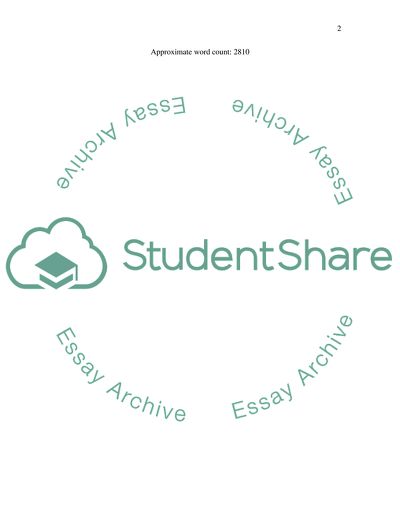Cite this document
(Identify, discuss and analyse how the subject of ICT could contribute Coursework, n.d.)
Identify, discuss and analyse how the subject of ICT could contribute Coursework. https://studentshare.org/education/1706277-identify-discuss-and-analyse-how-the-subject-of-ict-could-contribute-to-the-teaching-of-the-national-curriculum-for-citizenship-at-key-stage-3
Identify, discuss and analyse how the subject of ICT could contribute Coursework. https://studentshare.org/education/1706277-identify-discuss-and-analyse-how-the-subject-of-ict-could-contribute-to-the-teaching-of-the-national-curriculum-for-citizenship-at-key-stage-3
(Identify, Discuss and Analyse How the Subject of ICT Could Contribute Coursework)
Identify, Discuss and Analyse How the Subject of ICT Could Contribute Coursework. https://studentshare.org/education/1706277-identify-discuss-and-analyse-how-the-subject-of-ict-could-contribute-to-the-teaching-of-the-national-curriculum-for-citizenship-at-key-stage-3.
Identify, Discuss and Analyse How the Subject of ICT Could Contribute Coursework. https://studentshare.org/education/1706277-identify-discuss-and-analyse-how-the-subject-of-ict-could-contribute-to-the-teaching-of-the-national-curriculum-for-citizenship-at-key-stage-3.
“Identify, Discuss and Analyse How the Subject of ICT Could Contribute Coursework”. https://studentshare.org/education/1706277-identify-discuss-and-analyse-how-the-subject-of-ict-could-contribute-to-the-teaching-of-the-national-curriculum-for-citizenship-at-key-stage-3.


